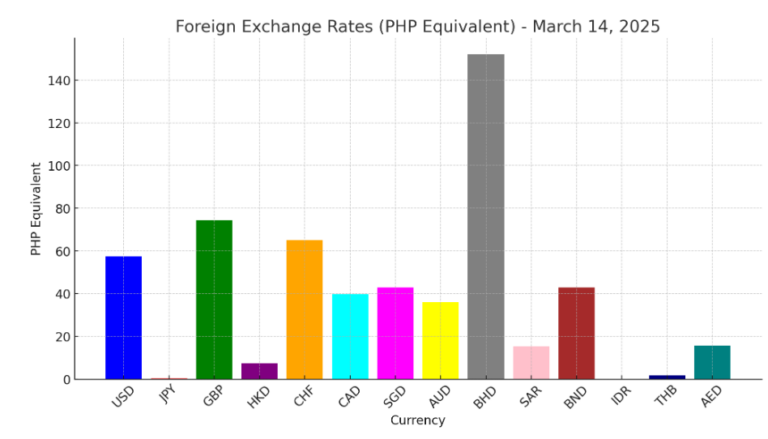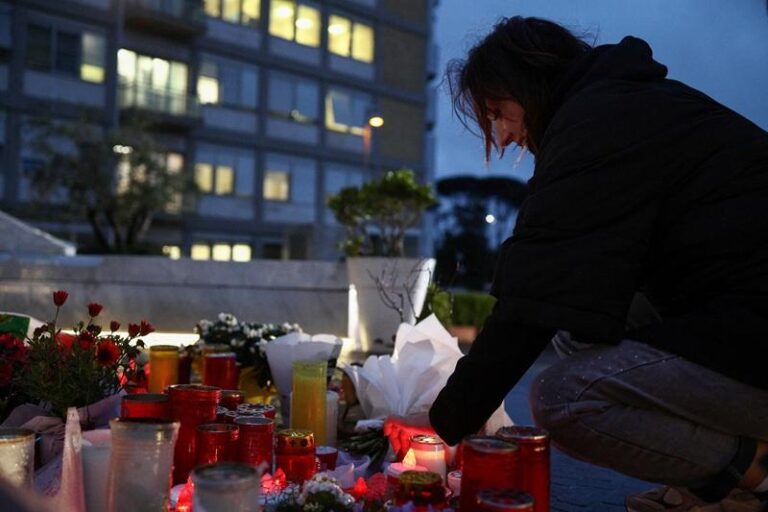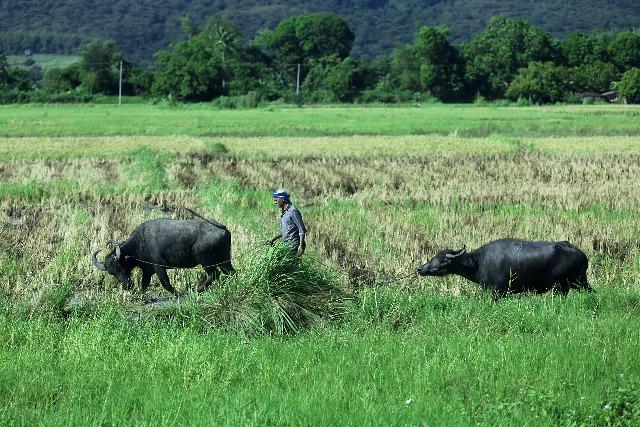In the wake of rice prices accelerating to a 14-year high last month, the Department of Agriculture (DA) on Saturday said it was considering to impose suggested retail prices (SRPs) on rice products.
Interviewed on Super Radyo dzBB, DA spokesperson Asec. Arnel de Mesa said the SRPs would help ensure that rice would remain affordable to Filipino consumers.
This early, the DA is already taking steps towards issuing a new set of SRPs, including consultations with industry players and stakeholders.
“Hindi ka puwede basta mag-issue ng SRP without doing the consultations with all the stakeholders, from the consumer groups, producer groups, ganoon din sa traders and millers, lahat sila ay dapat nakokonsulta sa pagtatakda ng suggested retail price (SRP),” De Mesa said.
(You cannot just issue SRPs without doing consultations with all the stakeholders, from the consumer groups, producers groups, traders, and millers. All of them should be consulted when setting the suggested retail price.)
The DA’s statements come a day after the Philippine Statistics Authority (PSA) reported that rice inflation surged to its fastest rate in 14 years last December.
This is the fastest inflation print for the food staple since March 2009, when rice inflation clocked in at 22.9%.
De Mesa said the SRPs would depend on a range of factors before these are finalized and eventually made public.
“Kailangan nating tignan ‘yung composition sa producers group, paano na produce ‘yung palay hanggang sa maging bigas. And then, on the traders side, ano mga gastusin nila sa warehousing, sa milling, sa drying. Sa retailers naman, magkano ‘yung kanilang mga gastusin din po, at maikumpara, at sa ganoong paraan, makikita po ang magiging gains ng [suggested retail] price,” De Mesa said.
(We have to look at the composition; how the producers group produced palay until it became rice. And then on the traders side, what were their expenses for warehousing, milling, and drying? For the retailers, what were their expenses? When we compare all these factors, we can see what would be the gains of the [suggested retail] price.)
PSA data showed the average national price of regular milled rice in December last year was at P48.50 per kilo from P46.73 in November 2023 and much higher than P39.63 per kilo in December 2022.
For well-milled rice, the price per kilo in December 2023 stood at P53.82, higher than the P51.99 per kilo in November last year. Year-on-year, the rice class saw a nearly P10-increase as its price was P43.98 per kilo in December 2022.
P60 per kg?
Farmers groups had earlier expressed fears that retail prices of regular milled and well-milled rice would hit P60 or more per kilogram if measures are not put in place to address the rising prices.
For its part, the DA expressed doubts that the P60-mark would be reached, saying that the imminent arrival of imported rice would alleviate retail prices.
De Mesa said part of a 295,000-MT rice import from India has already arrived in the country.
Last December, the DA announced that the private sector would import 495,000 MT of rice to augment the country’s supply and meet the needs of the population until the start of the next harvest season in March 2024.
De Mesa said some of these importers have already met with Agriculture Secretary Francisco Tiu Laurel Jr.
“As of now, maganda po yung supply natin. Gaya po ng ating na-report, una pa, in terms of volume of rice na meron po tayo ngayon, we can assure po na we have enough,” De Mesa said.
(As of now, our rice supply is stable. Like what we reported, in terms of volume of rice that we have today, we can assure that we have enough.)
In a recent interview, De Mesa said that the DA was actively looking for more sources of rice imports as current prices in the international market remained high. — VDV, GMA Integrated News


















